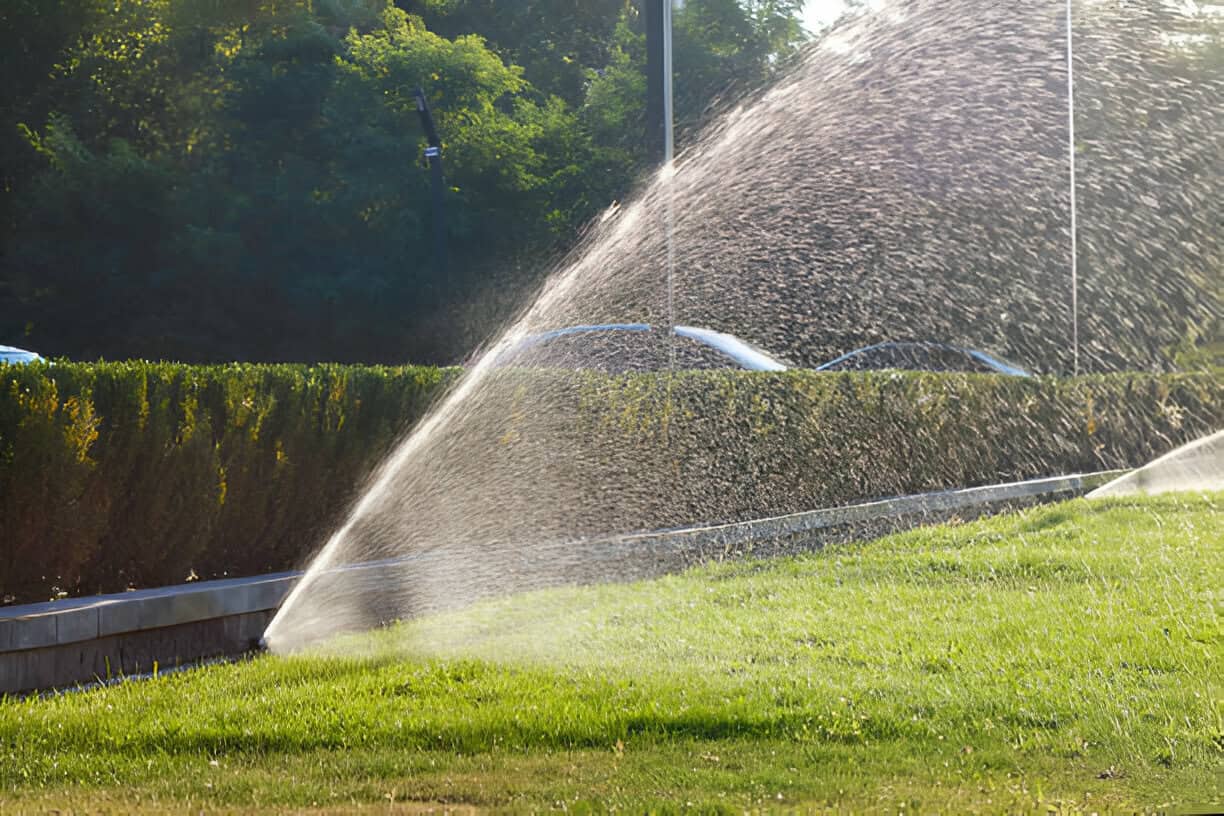
Overwatered Lawn: Signs and Fixes
We all know that plants need mostly sun, nutrients, and water to be vibrant and green. A well-watered lawn has green grass blades and healthy roots.
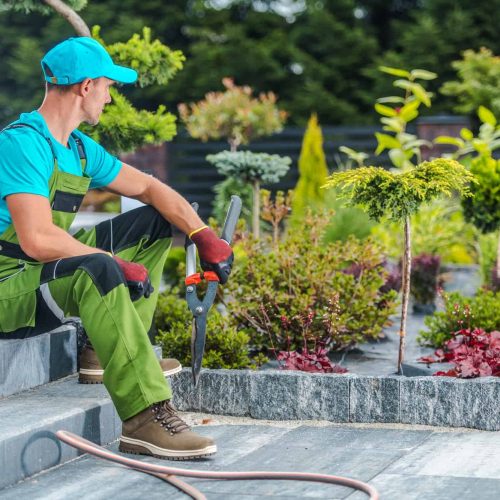

We all know that plants need mostly sun, nutrients, and water to be vibrant and green. A well-watered lawn has green grass blades and healthy roots.
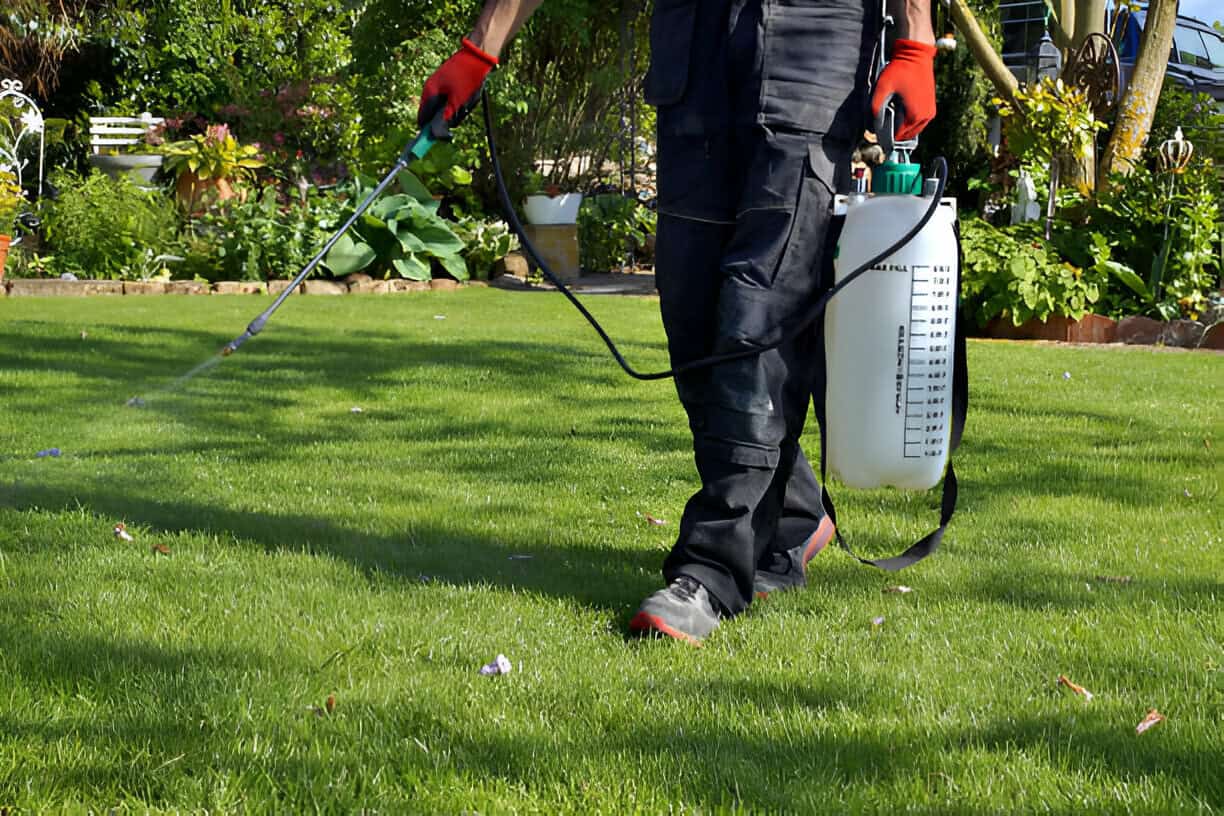
While lawn chemicals can help maintain a healthy lawn, they can pose serious threats to human health, pets, and the environment if not used properly.
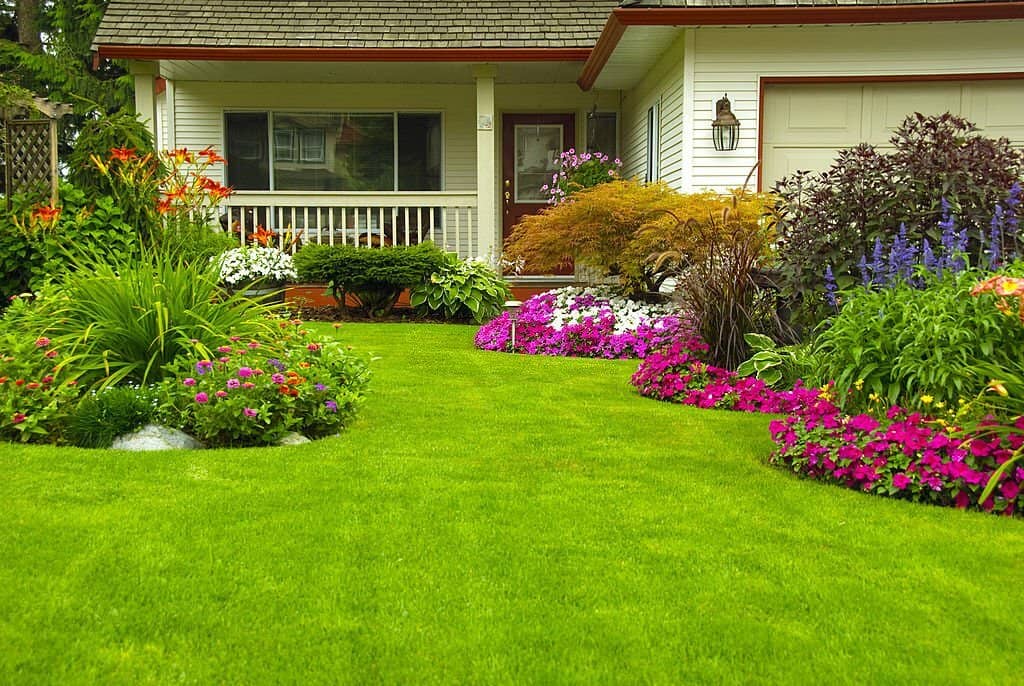
The number of lawn treatments needed depends by a lot of factors, like your lawn’s specific needs and your choice for organic or chemical solutions.
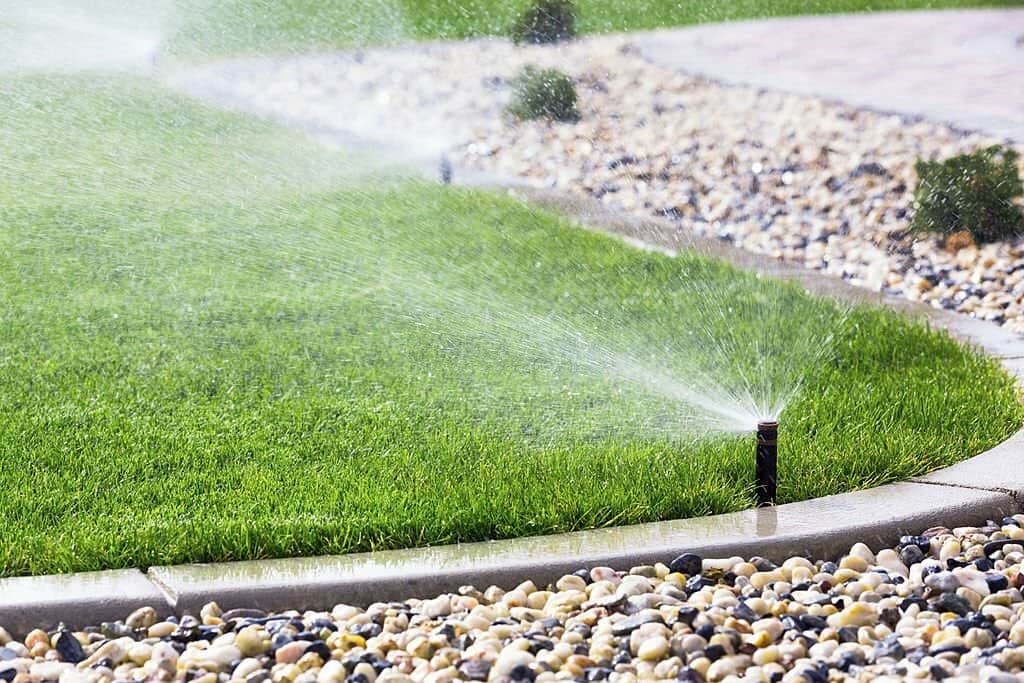
Sprinkler irrigation gets important in conserving water as the world turns to greener ways. It helps areas deal with water crisis and avoids water waste.

Regular lawn maintenance, which includes aeration, topdressing, and dethatching, must be necessary for maintaining a lush and vibrant lawn.
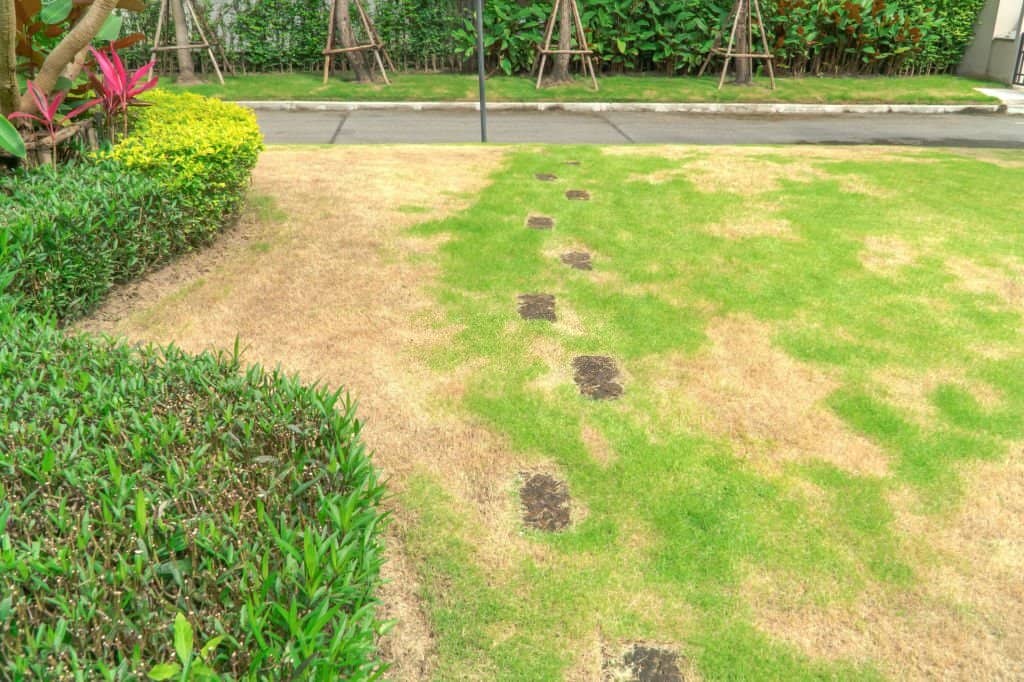
Maintaining a lush and healthy lawn can be a challenging endeavor, especially when faced with issues like patchy, brown spots, and damaged grass.
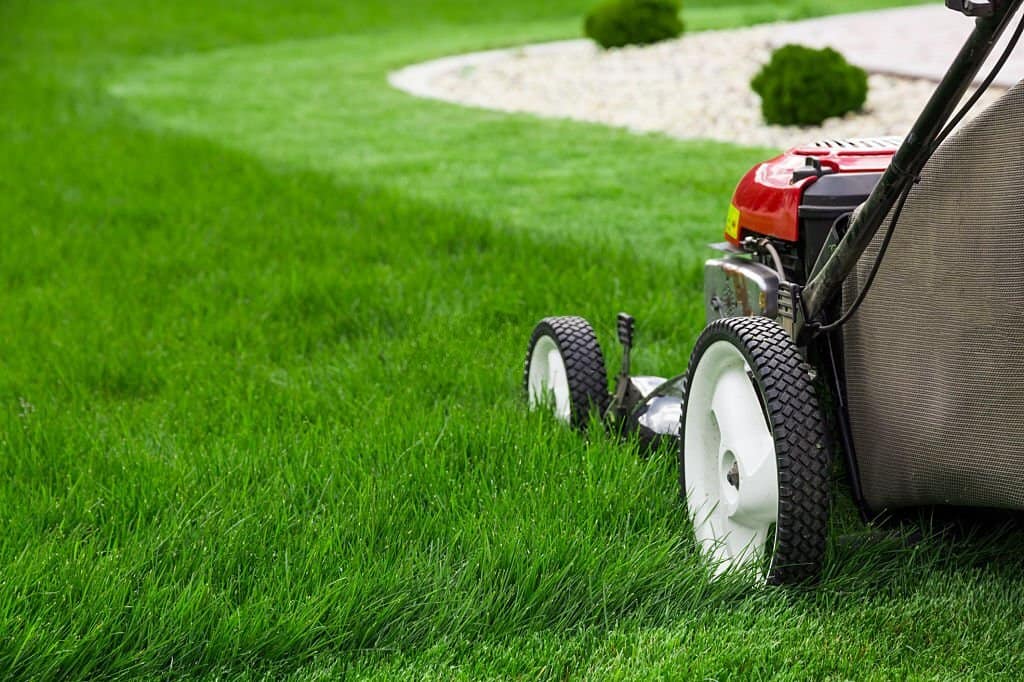
When you understand the important factors that go into maintaining a healthy lawn, a new homeowner no longer needs to say, “The grass is greener on the other side”.
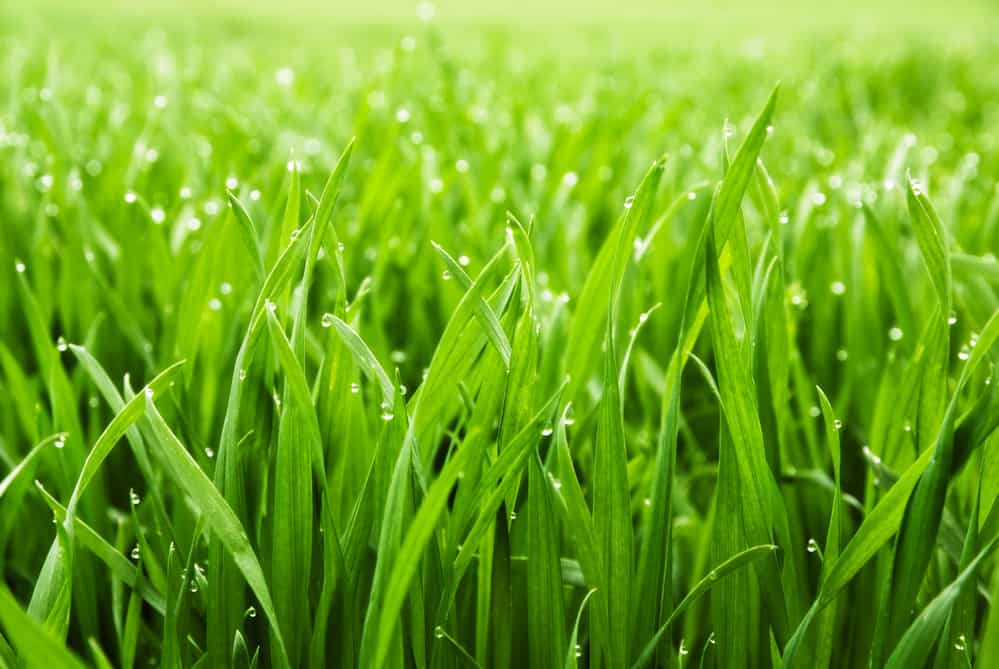
A front yard’s lush lawn is a source of personal pride; your neighbors will appreciate the “curb appeal” you add, and your beautiful lawn may even leave your neighbors envious.
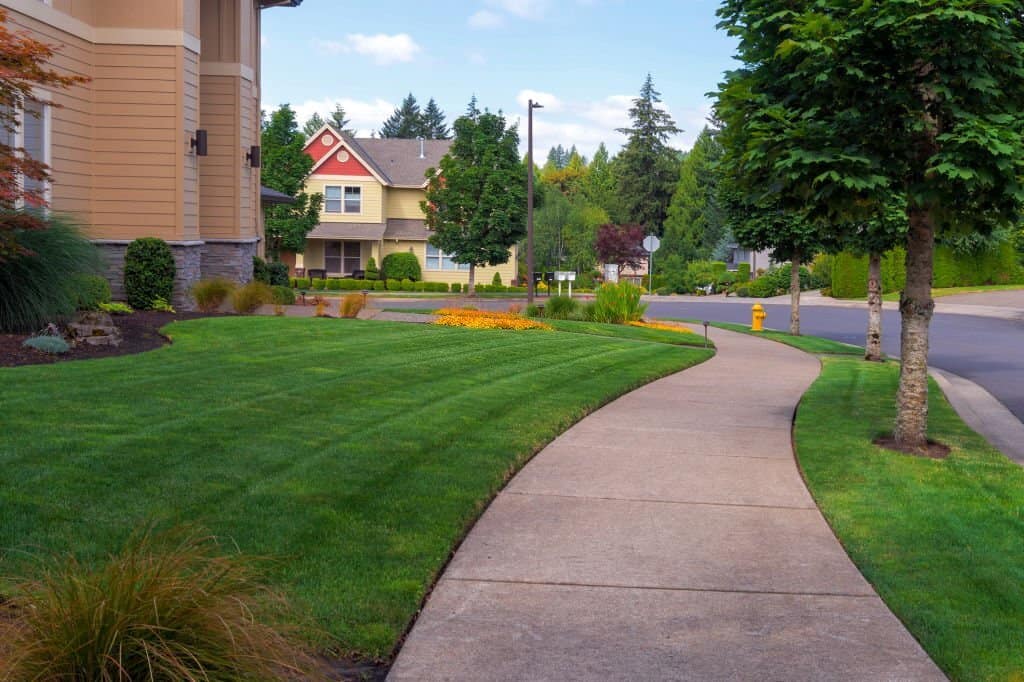
Many people take great pride in their lawn mowing routine, especially when more DIY lawn care tools and inventions are coming out every season.